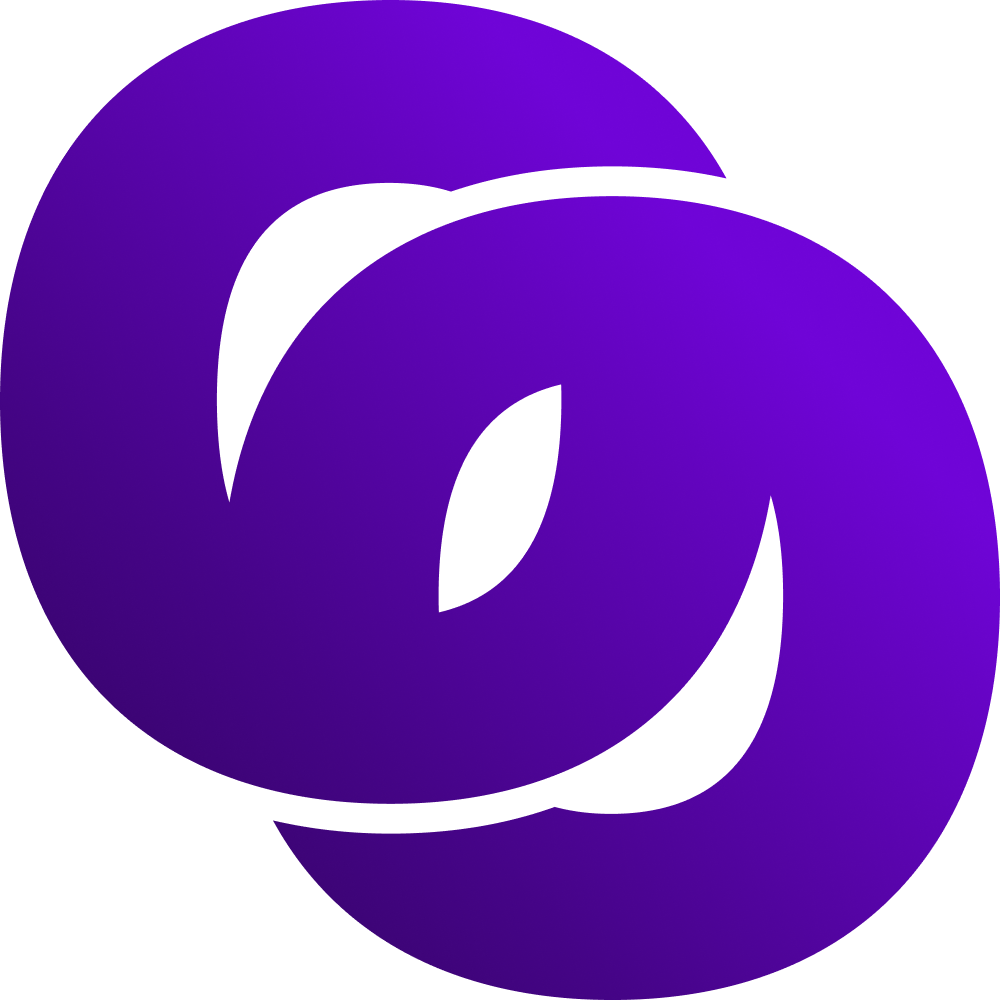You Are the CPO of Your Content
Harry Brown • 2025-07-25
You Are the CPO of Your Content
In any successful tech company, the Chief Product Officer (CPO) plays a pivotal role: owning the product strategy, listening to customers, and driving growth through constant iteration.
Content creators? You're no different. Your content is your product. Your audience is your customer. And your job? To build something they actually want.
In this blog we break down the key responsibilities of a CPO and how they apply to creators growing an audience, influence, or brand.
🟣 Own the Product Vision and Strategy
What a CPO does: Sets the long-term direction for the product: Not just what is built, but why it exists. This includes defining the product’s positioning in the market, the customer journey, and the big-picture vision that aligns internal teams around growth.
What creators should do:
You need to think beyond just topics and start defining your positioning in the attention economy. Your content isn’t just about delivering value it’s about owning a distinct place in the mind of your audience.
✅ Define your category and clarify your transformation promise. Your audience isn’t following you for you, they follow you because they want to gain something through you. What are you helping them transform into? ✅ Map your audience’s journey. What are their pain points at the top, middle, and bottom of your funnel? How does your content guide them from passive consumer → engaged follower → vocal advocate? ✅ Choose your content pillars and narrative arc. A strategy isn't just "3 topics I post about." What is the ongoing story you're telling? A CPO doesn't ship random features, they build towards a coherent roadmap. Same goes for your content.
Pro tip: Look at creators like Alex Hormozi or Alice de Courcy, their content isn’t scattered. It follows a clearly defined thesis and transformation narrative. That’s why their audience sticks and scales.
🟣 Champion Feedback Loops
What a CPO does:
A product that doesn't listen to users will fail. The best CPOs are obsessed with feedback, surveys, usage data, interviews, to inform what to build next.
What creators should do:
Engagement is one signal, but it’s shallow. If your post gets 1.1% engagement, what about the other 98.9%? DM them. Ask questions. Run polls. Invite comments. Your DMs and replies are your user interviews.
Bonus: DMs don't just give you insight – they also signal to the algorithm that you're connected, meaning you’ll show up in their feed more often.
🟣 Test, Learn, Iterate
What a CPO does: No CPO assumes they’re right, they prove it. Great product teams ship MVPs (Minimum Viable Products), A/B test features, observe user behaviour, gather quantitative and qualitative data, and rapidly iterate. They know that velocity creates momentum.
What creators should do:
If you’re not running small-scale experiments with your content, you’re just broadcasting. Every post is a data point. Every scroll-past is a signal. Every reply is a user insight. Treat your content calendar like a testing lab, not a gallery wall.
Here’s how high-level creators put this into practice:
🧪 Run structured experiments
- Hormozi famously A/B tested over 100+ thumbnails, titles, and captions for his content to see what led to the best retention.
- Shaan Puri tweets variations of hooks or frameworks to test engagement before building longer-form pieces, turning one tweet into a growth signal for threads, newsletters, or videos.
- Amanda Natividad tested different tones and formats in her newsletter and tracked open and reply rates before standardising the voice and layout that worked.
🟣 Drive Growth and Engagement
What a CPO does:
Growth doesn’t happen by magic. A great CPO is responsible for acquiring new users and making sure they stick around. That means building acquisition loops (referrals, virality, partnerships), activation triggers, and retention systems (email flows, in-product nudges, push notifications, and more). Engagement isn’t a vanity metric, it’s proof the product is solving a real problem and delivering value.
What creators should do:
Posting alone is not a growth strategy. Growth is a separate job. If your content is the product, then distribution is your go-to-market strategy. You need to think like a growth PM: build systems to bring people in, keep them engaged, and turn them into advocates.
Here’s how you should approach it:
🔥 Re-engage your silent followers: Engage with inactive mutuals’ content first. LinkedIn rewards this, they’re more likely to see your next post.
🔁 Create deliberate engagement systems: DM people who reacted to your posts. Start a conversation, not a pitch. LinkedIn's algorithm notices when DM activity overlaps with feed activity. Use polls to seed your next post. Polls = audience R&D. Follow up with a post analysing the results and tag commenters.
💡 Example: Katelyn Bourgoin regularly runs audience research-style polls on LinkedIn, then publishes breakdowns of results as carousel posts or story-style content. High engagement, high relevance.
See More Posts
Resources
Company
Copyright © 2024 Flooencer Limited. All rights reserved.

